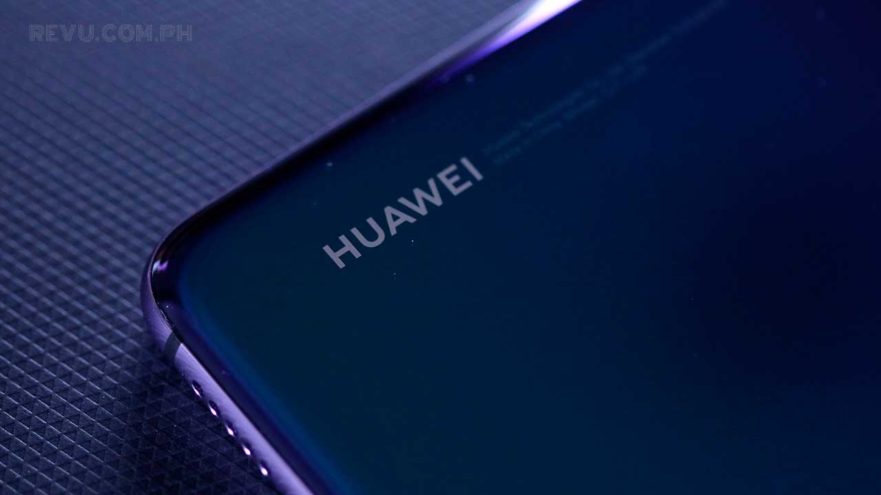At its developer conference, Huawei has officially unveiled HarmonyOS — or Hongmeng, as it is called in China — a new lightweight operating system that will work across multiple product categories, including smartphones, laptops, and TVs.
That name first came up when the company filed for its trademark in Europe.
READ ALSO: Launched: Huawei Nova 5i Pro with 5 cameras, Kirin 810
HarmonyOS has been in development for two years already, and it’s been designed with four distinct technical features: seamless, smooth, secure, and unified. Its announcement is important because of its potential significance if Huawei were to stop using the licensed version of Android on future devices.
“We’re entering a day and age where people expect a holistic intelligent experience across all devices and scenarios. To support this, we felt it was important to have an operating system with improved cross-platform capabilities,” CEO of Huawei Consumer Business Group Richard Yu said.
He added: “We needed an OS that supports all scenarios, that can be used across a broad range of devices and platforms, and that can meet consumer demand for low latency and strong security.”
SEE ALSO: Huawei Nova 5 Pro, Nova 5, Nova 5i launched. A comparison here
HarmonyOS 1.0 will initially be used in the technology giant’s smart screen products, which will be launched later this year. Over the next three years, it will be optimized and gradually adopted across a broader range of smart devices, including Huawei Vision, wearables, and head units for your car.
The announcement didn’t include a live demo of the in-house OS running on a smartphone, unfortunately, but we hope to see it in action on the Honor Vision TV.
Revü at the Huawei Developer Conference (HDC) 2019 in Dongguan, China, where we learned that HarmonyOS is so much more than we had thought. It has the potential to rival Android and iOS!
The platform itself is microkernel-based, just like Google’s Fuchsia. This allows HarmonyOS to work seamlessly across various device types while keeping the user experience as consistent as possible. Huawei has also integrated AI capabilities into the software.
To attract a healthy developer ecosystem, the company said it will open its ARK Compiler to developers and allow them to use different languages, including C/C++ and Java, for the operating system. Additionally, it will provide an SDK to facilitate faster app development across platforms and bring in new users. Huawei revealed it’s making HarmonyOS open-source.
SEE ALSO: Watch: Huawei Watch GT how-tos
While Huawei’s own operating system certainly looks to be the future of its smartphone business, too, don’t expect to buy a HarmonyOS-based handset anytime soon — although it can be rolled out in a matter of days. The company said it has every intention to stick to Android on smartphones for now, if allowed to continue using it.
With report from Alora Uy Guerrero
Huawei HarmonyOS (Hongmeng) press release
Share this Post



